This is for general enjoyment or as a set of suggestions for lessons for use in schools, colleges and universities.
Developed and extended from an earlier posting. Update posted 19th Dec 2008.
—–0—–
Starting points for appreciating the artist Cindy Sherman
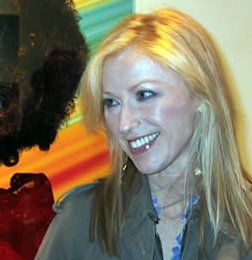


General questions about the photographer Cindy Sheman for reflection or discussion
What other concerns do you see in her work other than re-presentation of the male gaze?
Is she a feminist – or a humanist – or something else? Does she go beyond what feminists have said abou the ‘male gaze’? Is she anti-man? Does she have a ‘political agenda’ or is she working with ‘nuances of cultural meaning pinned irrevocably between shifts back and forth between the objective and subjective’?
Why hasn’t she, or someone else, done for men what she has done for women, and for humanity via women?
As you gather critical comments about her how satisfied are you with what people write about her?
Is she a campaigner?
How far and in what ways do artists change things?
“Sherman embodies our flickering memories.” – how far do you agree with this?
Things to do
1 Collect photographs by her.
2 Collect statements by her
3 Collect critcal statements and appreciations about her.
4 Who can you find that is like her, or influenced by her.
5 Create photographs inspired by her
6 What do you learn from quotations (allegedly) by her;
“I like making images that from a distance seem kind of seductive, colorful, luscious and engaging, and then you realize what you’re looking at is something totally opposite. It seems boring to me to pursue the typical idea of beauty, because that is the easiest and the most obvious way to see the world. It’s more challenging to look at the other side.”
I can’t work without it. And it has to be the right kind, because if it’s not then I get into a bad mood. I work with a remote so that I can change CDs instantly if I need to. (Sherman talking about her need to have music on while working)
I didn’t want to make “high” art, I had no interest in using paint, I wanted to find something that anyone could relate to without knowing about contemporary art. I wasn’t thinking in terms of precious prints or archival quality; I didn’t want the work to seem like a commodity.
I was supporting myself, but nothing like the guy painters, as I refer to them. I always resented that actually.. we were all getting the same amount of press, but they were going gangbusters with sales.
When I do work, I get so much done in such a concentrated time that once I’m through a series, I’m so drained I don’t want to get near the camera.
I was feeling guilty in the beginning; it was frustrating to be successful when a lot of my friends weren’t. Also, I was constantly being reminded of that by people in my family making jokes.
If I knew what the picture was going to be like I wouldn’t make it. It was almost like it was made already.. the challenge is more about trying to make what you can’t think of.
The work is what it is and hopefully it’s seen as feminist work, or feminist-advised work, but I’m not going to go around espousing theoretical bullshit about feminist stuff.
artquotes.net
.
“The still must tease with the promise of a story the viewer of it itches to be told.”
“I didn’t have any interest in traditional art.”
“I am fine, though it is hard to think of what kind of work to make at this point, other than decorative, escapist or abstract. I suppose I’ll explore one or all of these things.”
thinkexist.com
MY PERSONAL APRECIATION OF CINDY SHERMAN
For me there are few photographers that we can unhesitatingly say are great photographers, great artists. Cindy Sherman is one.
At the simplest level we can say she has made a career out of dressing up and taking photographs of herself.
Ah but its much, much more than that……… Every detail counts, every detail is there because she has consciously constructed it as part of a whole essay of ‘intended’ meaning, and of meaning-making possibilities of us the viewers. Many enjoyable photographs are created by happenstance – happy chance – you could say that another great Henri Cartier-Bresson built a whole career on capturing the ‘happy accident’. With Sherman there is no accident – she doesn’t ‘hunt and capture’ she constructs.
For me the frisson of excitement and the essence of her work I describe as ‘nuances of cultural meaning pinned irrevocably between shifts back and forth between the objective and subjective‘? These stimulate us (or at least men) into re-considering not beliefs but memories. And we are made up of memories (except in the highest mystical sense).
Starting with the B&W film stills she sets up echoes in the bed of memories that exist from having seen endless films. They seem to be the real thing but they are embodiments of rich meaning that were not in any film stills from actual films.
Unequivocally she made photography subjective in the sense that what she constructs is about interiority of being human. She constructs and we construct – and re-construct through self-examination of what we thought was normal, fixed, innocent, balanced – the movie stills in our personal memories.
They are about depth of personal and cultural menaning – not the surface
Her photographs will have varying sets of meanings depending on the decade when you started watching films and seeing photographs – especially photographs of women.
Some individual photographs
Again the body-mask is very evident, emphasized by the contrasting face make-up. Is that deliberate to tell us that this is not her but woman generally? If not why would a consummate artist do such a thing?
Is this a come-on or an admixture of all the things/roles that women are subjected to?
Additional Resources
Great collection of Cindy Sherman photographs HERE
A great ‘mega-site’ on women photographers exists HERE
Variety of biographical statements HERE
News stuff HERE
Check out stuff on Amazon.co. uk and Amazon.com
Check out WikiPedia
—–0—–
All postings to this site relate to the central model in the PhD. Summaries are HERE
Update posted 19th Dec 2008

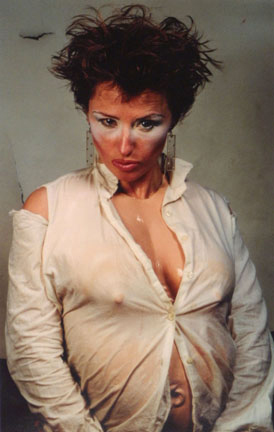


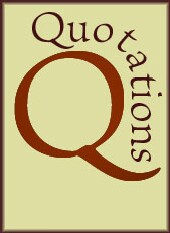
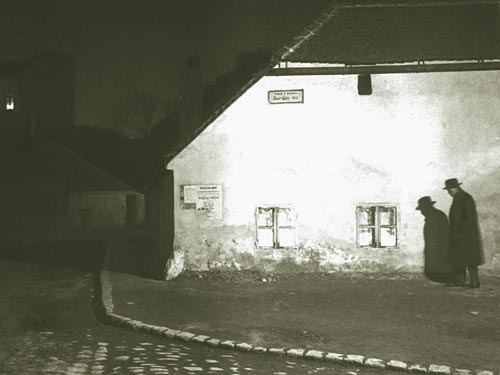 Photo by: Andre Kertesz – source
Photo by: Andre Kertesz – source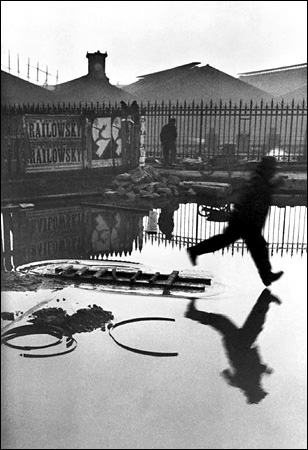
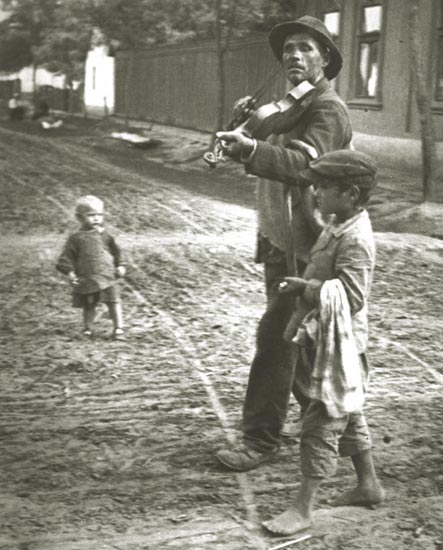
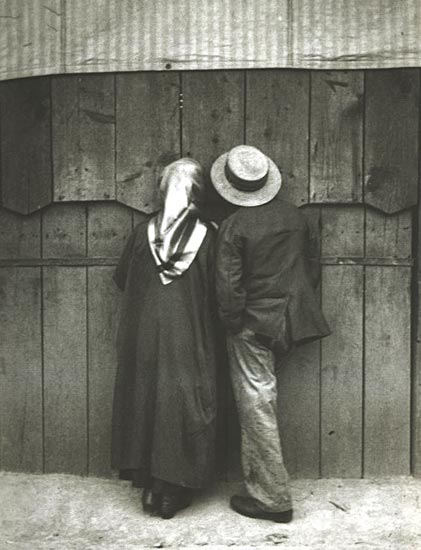

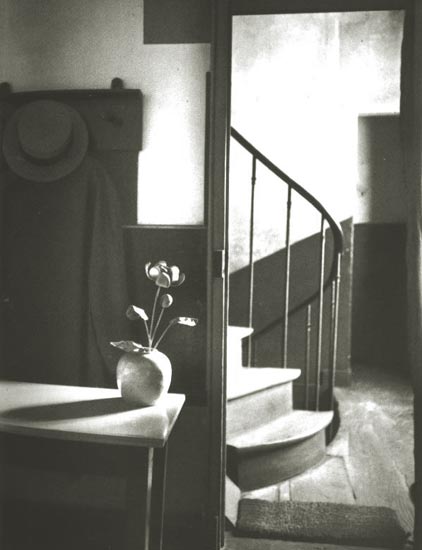
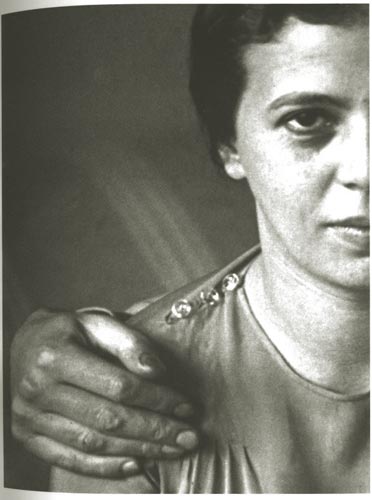
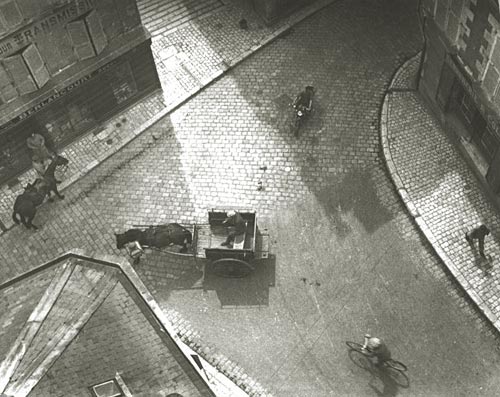
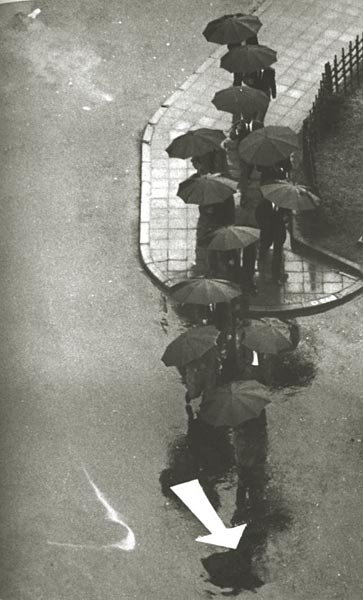
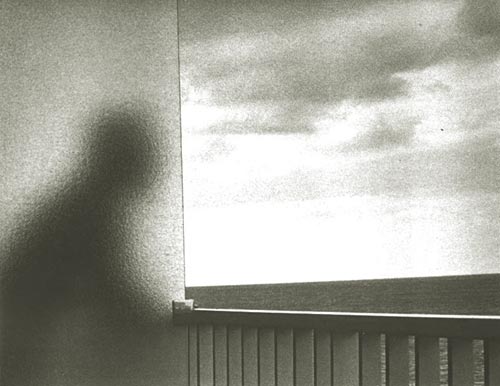

 Source – and lyrics for the Freewheelin’ Bob Dylan
Source – and lyrics for the Freewheelin’ Bob Dylan